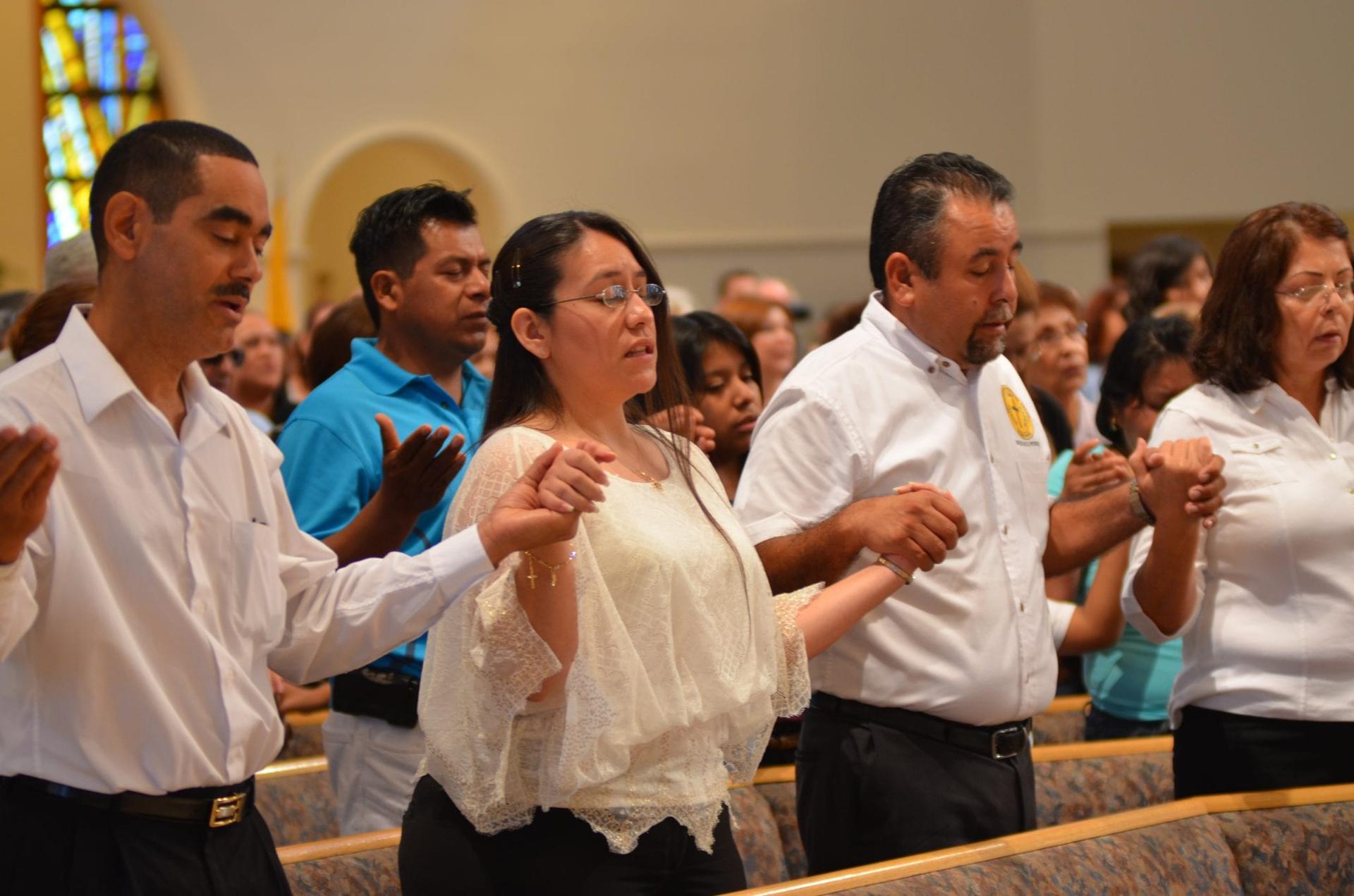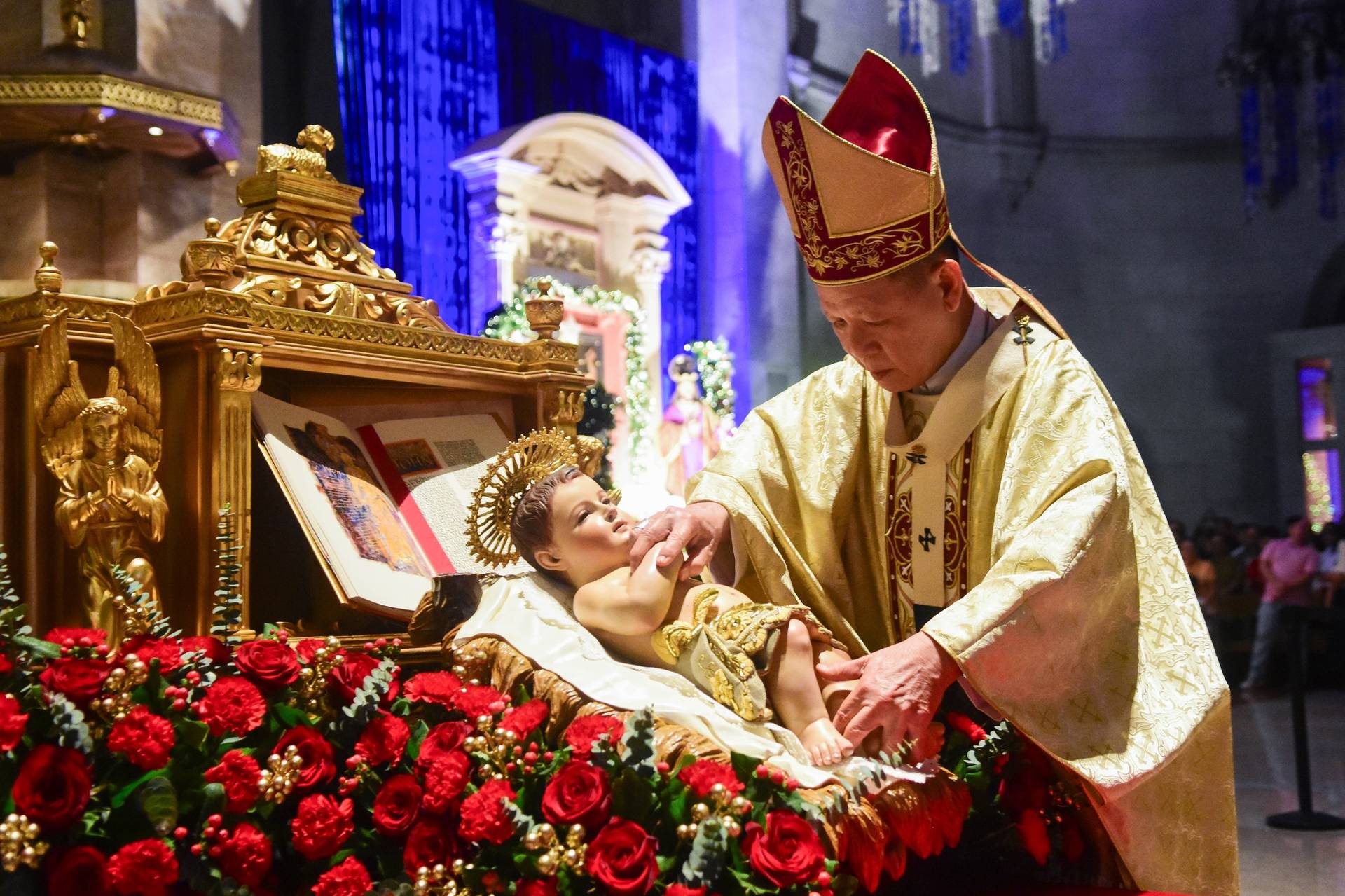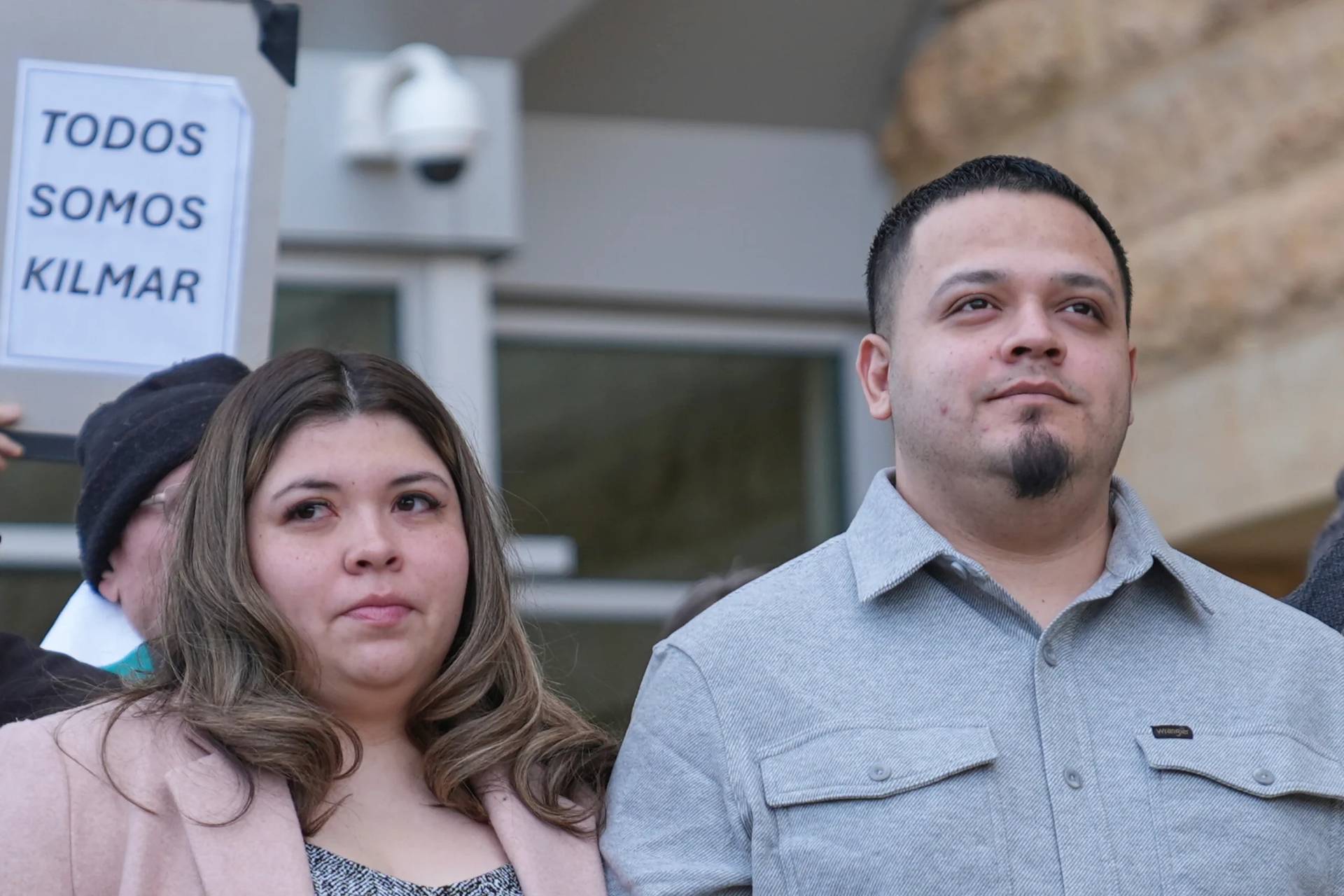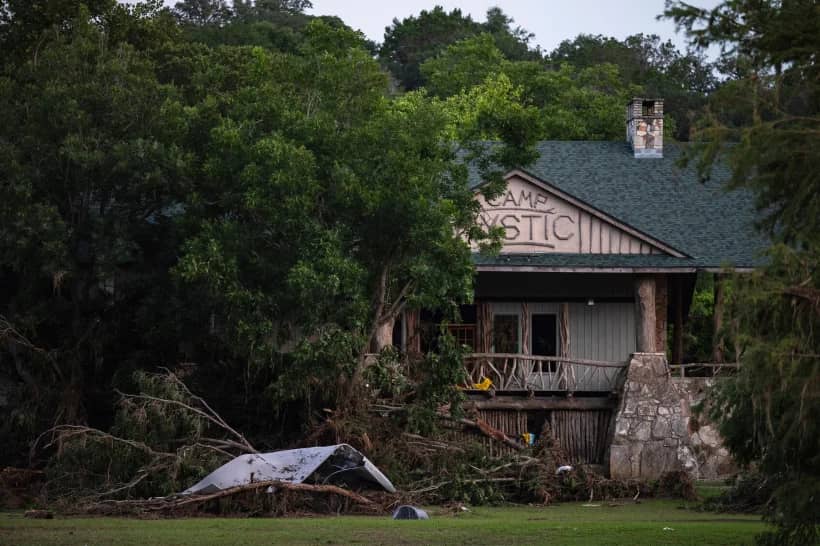[Editor’s note: Born in Colombia, Hosffman Ospino is an assistant professor of Hispanic ministry and religious education at Boston College. He’s considered one of the most influential and creative interpreters of Latino/a Catholic experiences in the United States. Crux contributor Charles Camosy recently spoke to him about those realities, and the following is the result of their exchange.]
Camosy: I’ve been in the room when you’ve powerfully challenged overwhelmingly-white Catholic groups to reckon with the fact that “the Catholic Church in the United States does not look like this.” What does it look like?
Ospino: Correct. The Catholic Church is the United States is an incredibly diverse body in almost every regard. But perhaps the most significant expression of diversity at this very moment of our history is demographic and cultural diversity.
By the middle of the twentieth century, about 90 percent of U.S. Catholics self-identified primarily as Euro-American, white. They were largely the children and grandchildren of immigrants who had migrated mainly from Europe since the early 1800s. Most of these Catholics had by and large integrated into the U.S. culture, culturally and linguistically.
About half a century later, we have an almost entirely different demographic picture. Barely half of all U.S. Catholics are Euro-American, white, and in nearly every region of the country where Catholicism is growing in large numbers, especially the West and the South, this group is already a numeric minority.
More than 40 percent of U.S. Catholics are Hispanic, about 5 percent Asian and Pacific Islander, about 4 percent Black, and close to 1 percent Native American. Millions of Hispanics, Asians, and Black Catholics in the country are immigrants. This incredible diversity is reshaping the entire American Catholic landscape, culturally, linguistically, pastorally, spiritually, etc. You name it!
Though the energy stemming from this diversity is very obvious at the grassroots, especially in parishes, it is not mirrored at the level of leadership and the structural make up of many of our Catholic organizations, where Euro-American, white Catholics are noticeably more represented.
We need to do more to foster cultural and racial/ethnic diversity at the leadership and structural level of our Catholic institutions. Everyone wins when we do this. It is a unique opportunity to capitalize on the many gifts that Catholics from different backgrounds bring to building strong faith communities in this country.

In what ways does cultural diversity challenge the experience of being Catholic in the United States today?
Cultural, racial, and even linguistic diversity as we are experiencing it now in the church is here to stay for the foreseeable future. We cannot naively close our eyes and ignore it. But we must understand the phenomenon.
Let’s take Hispanic Catholics as an example, since this is the group that is presently having the most noticeable impact in the redefinition of the U.S. Catholic experience. Two thirds of Hispanics are U.S.-born, a fact that sometimes gets lost in many church circles. However, we know that there are about 20 million Hispanics who are immigrants, and about two thirds of them are Catholic. They are raising children in bilingual and bicultural homes. The vast majority of these children were born in this country.
We are witnessing the emergence of a very large body of Catholics for whom a connection to the Spanish language and self-identifying as Hispanic are very important. They are sustained by many expressions of Hispanic/Latino spirituality and intellectual life. Most of these Catholics are also English-speaking and American in the sense of citizenship. In many parts of the country, to speak of U.S. Catholicism is to make reference to the Hispanic Catholic experience.
It is important to realize that 60 percent of U.S. Catholics younger than eighteen are Hispanic. This is not a number that we can afford to ignore as a church! If we do the math, just in a few years, the majority of Catholics in the United States will share a Hispanic background. They will be writing the next chapter of the history of U.S. Catholicism, but they will not—and should not—do it alone.
It will be a chapter written in close collaboration with Catholics who are Asian, Black, Native American, and White. I see many possibilities, but we need to start listening to their voices at all levels in the life of the church.
If the new generation of Catholic immigrants and their children are playing such an important role in redefining U.S. Catholicism, as you say, how is this happening?
There are two dynamics to keep in mind.
One the one hand, as long as there are millions of Catholic immigrants in our communities, we have the pastoral and moral obligation to serve them, usually in the languages they speak and honoring the culture in which they discern their relationship with Jesus Christ. These people are not going to assimilate overnight. They may never fully assimilate, as was the case with many immigrants in earlier generations. This is just a fact of life.
It took about 150 years for European Catholic immigrants and their descendants to almost fully integrate into the larger U.S. culture. Why shouldn’t we give this new generation of Catholic immigrants and their descendants the time they need to do likewise? I constantly repeat in my presentations, “the Church exists in this country to evangelize, not to Americanize.”
On the other hand, there is already a massive process of integration into the U.S. culture taking place among many present-day Catholic immigrants, and more evidently among their children and grandchildren. The question for us and our ecclesial structures is how are we integrating these new voices in our communities, organizations, and leadership structures?
We must not wait too long to do this. There is evidence that millions of young Hispanics are choosing not to self-identify as Catholics any longer. They are drifting away. This is a major loss.
What does all of this mean for the future of right/left political and theological polarization in the U.S. Church?
Not long ago, the New York Times invited me to reflect on whether it is possible to speak of a “Latino Catholic vote.” The question almost automatically evoked the polarized political and ideological climate in the country, including the U.S. Catholic community. My answer was very simple: there is no such a thing as a homogeneous Latino Catholic vote, just as there is not a homogeneous Latino community.
Hispanic Catholics are very diverse at every level, including culture, language, politics, and even the way we discern reality. This is part of being human. However, the ideological polarization that characterizes many dynamics among U.S. Catholics, when read from a Hispanic perspective, raises two important concerns.
On the one hand, ideological polarization ignores the struggles and immediate needs of millions of Hispanics in the country. It is difficult to engage in the so-called “culture wars” when most of your energy goes to struggle with poverty or to confront discrimination or avoid being deported or support your loved ones in another country. Who is with those who struggle?
On the other, Hispanics are inheriting faith communities deeply fragmented because of polarization. There is often the expectation that everyone must take a hard position to participate in any meaningful conversation. This has a major impact upon many immigrants who are mainly looking for churches as safe places to weather the many storms that shape their lives. Most importantly, it can turn young Hispanics away.
Polarization threatens the future vibrancy of our Catholic faith communities and our families.
Where can Crux readers learn more about the Hispanic Church in the United States?
Hispanic Ministry in Catholic Parishes, a report from a national study I conducted on parishes serving Hispanic Catholics.
Hispanic Ministry in the 21st Century: Urgent Matters (Convivium Press), a book I co-edited that addresses important topics emerging in pastoral settings serving Hispanics.
Latino Catholicism: Transformation in America’s Largest Church (Princeton University Press), an excellent overview written by Timothy Matovina.
I would also encourage Crux readers to become more familiar with the resources accompanying the process of the Fifth National Encuentro of Hispanic/Latino Ministry: www.vencuentro.org

















